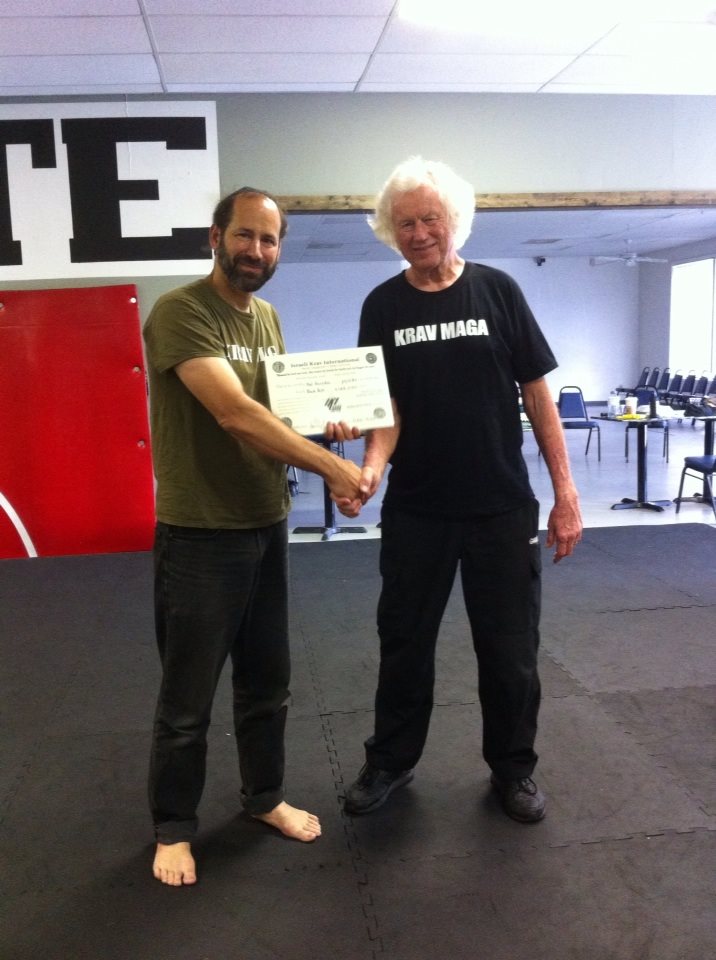- Home
- Krav Maga Blog
- Krav Instructors
- Train in Israel
- Tour Train Israel
- Krav Shop
- DVD
- Kickboxing
- IKI Near Me
- Seminars
- IKI Membership
- On-Line Training
- Krav Maga Training
- Testimonials
- History Krav Maga
- Instructors Page
- Past Blogs
- Spanish
- Italian
- Certification
- Contact
- Holland Seminar
- Vienna Seminar
- Poland Seminar
- Italy Seminar
- Belt Requirements
IKI Krav Maga Teaching Plan
Opening words from Hal Herndon
Below is an email from Moshe to his instructors. I wanted to share this with you because some of our folks wonder why we “review basic stuff” so much. Indeed we do venture into all kinds of ‘what ifs’ and requested (sometimes very strange) scenarios on a somewhat regular basis and we experiment a good bit. And yes, we jump around from basic to advanced situations from time to time, even with our newer students……This helps keep things interesting. However, without the basics (i.e., the foundation) all of the advanced techniques and situations are going to be not only difficult but they will likely be very poorly done.
This is why, on the gun, and knife techniques, for example, we always come back and practice the first couple of “easy” or “easier” things we learned. Nobody “masters” these techniques……Sorry but that is a fact of life. We only get better at them as we practice more…..Understand that throughout our training (mine included) we will ALWAYS spend more time on the basics or foundational techniques and concepts than anything else. With these you can adapt. Without them you may well fail.
So please read it and let it sink in.
From Moshe
I am often asked about the IKI teaching plan.
In
the past I had a list of techniques/Situations but our curriculum grew
so large that it became terribly out of date. I am currently in the
process, the very tedious process, of constructing a new one.
But here is the basic process and the basic idea.
The
order of teaching techniques is the same logical order that I present
on the DVDs. Now if you do not own all the DVDs, well...read no
further, I have nothing to say. How can you be an instructor without
your instructor tools and resources?
You start with the basics.
For
example, Handguns, as on the DVD you start with gun to the front of the
head. you start with arms length distance and you continue with
touching distance etc. then stomach, chest, back, side.
You slowly build a foundation. Once you have built a solid foundation then you expand on it.
So
you have your basic handgun defenses, and then you go to the "What
Ifs"....what if he is pushing you, what if he is hitting, or grabbing
while pointing a gun. There are literally an infinite number of
possibilities. the possibilities are ENDLESS
As such, you should never run out of material to teach.!!!
Now
if you have a group of relative beginners. And they come in and you
say, OK, today we will begin with ice pick attack, and someone says,
"Hey, we already learned that, how about something more interesting,
something new?"
If this were the movies I would use the line from Kickboxer (Jean Claude Van Damme) and say, "Pack your bags, and leave my home, you are not serious"
Yes,
that is what I should say, but I am too kind. So I waste my breath and
in the gentlest possible way I try to explain that...You have not come
close to mastering the basics, you are no where near ready for the "more
interesting stuff".
Of course we also must be creative and find
ways to both teach the basics and add a variable or two to make it more
exciting. But make no mistake about it my friends: you cannot build the
second floor without first completing the first floor. You cannot learn
second year French before learning the basics of the language.
There
is an expression in Israel, "Lets start with the second question, the
first I answered blind", but this is from a comedy routine about a fool.
Only the fool skips to part two before fully understanding part one. We
cannot jump until we can run, we cannot run until we can walk, we
cannot walk until we can stand. We cannot stand until we can crawl.
Nature has its way and that is the way we use at IKI.
Do not be the fool.
So
please know there is no way to run out of what to teach. I have been
teaching for close to 3 decades and I find I always have more to teach.
On the On Line program I send out about 200 - 250 clips per year, and
yet there is always more to learn.
IKI Krav Maga Teaching Methods
About the Krav On Line program

Moshe Katz and Hal Herndon